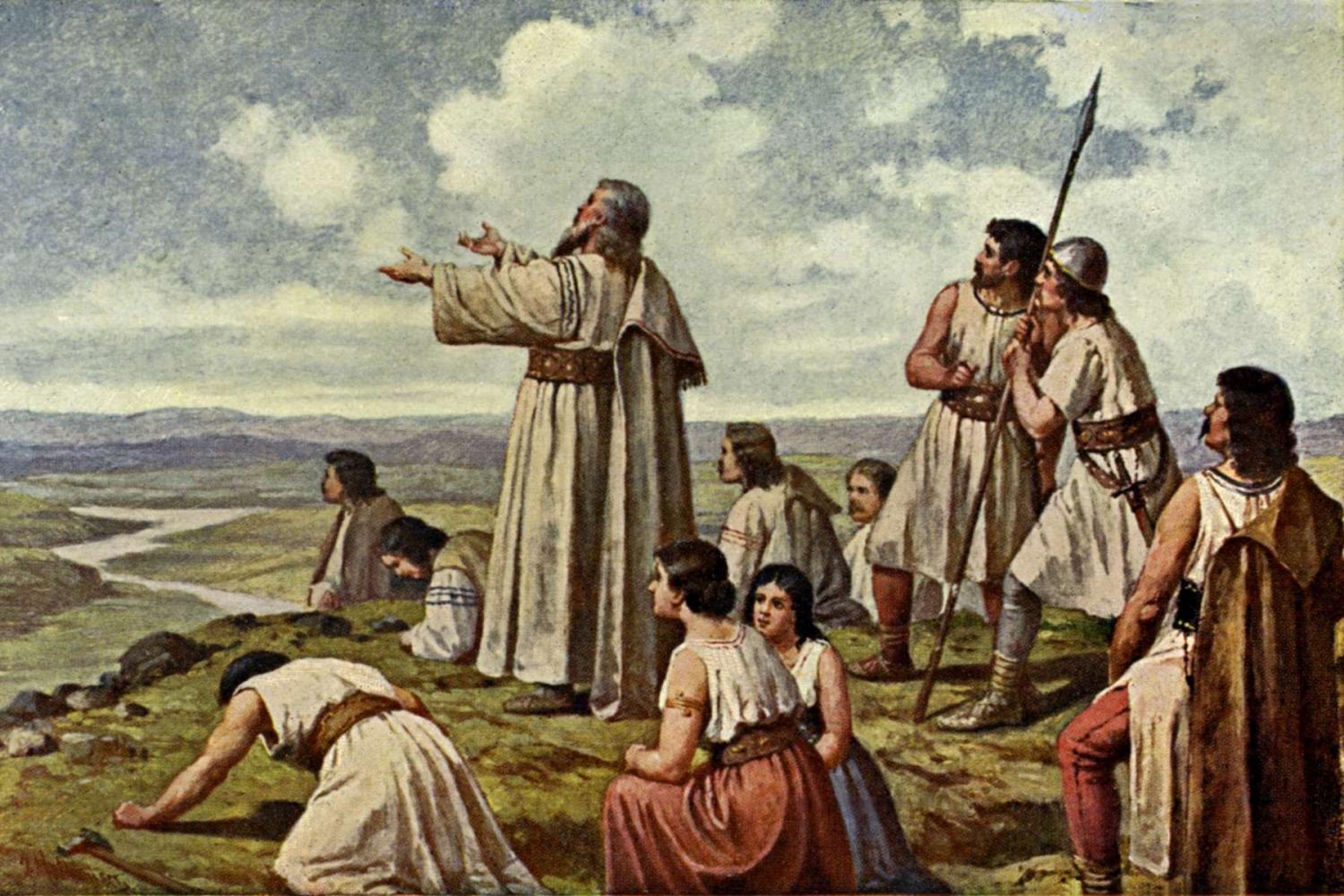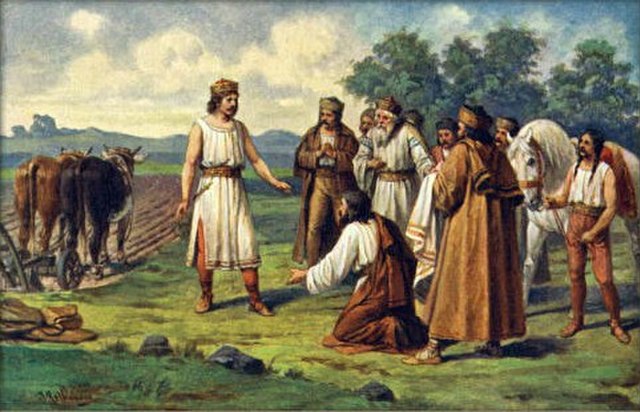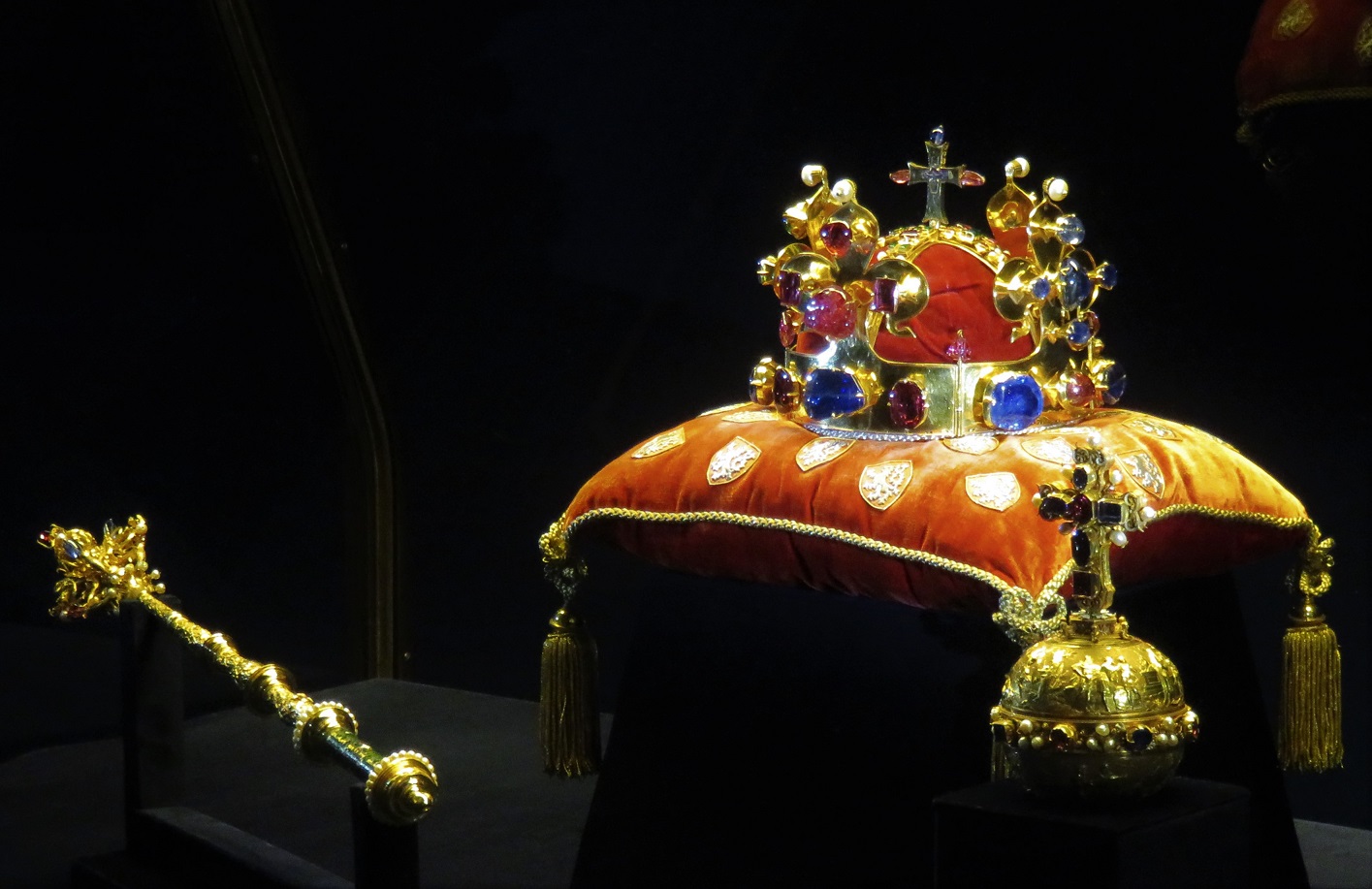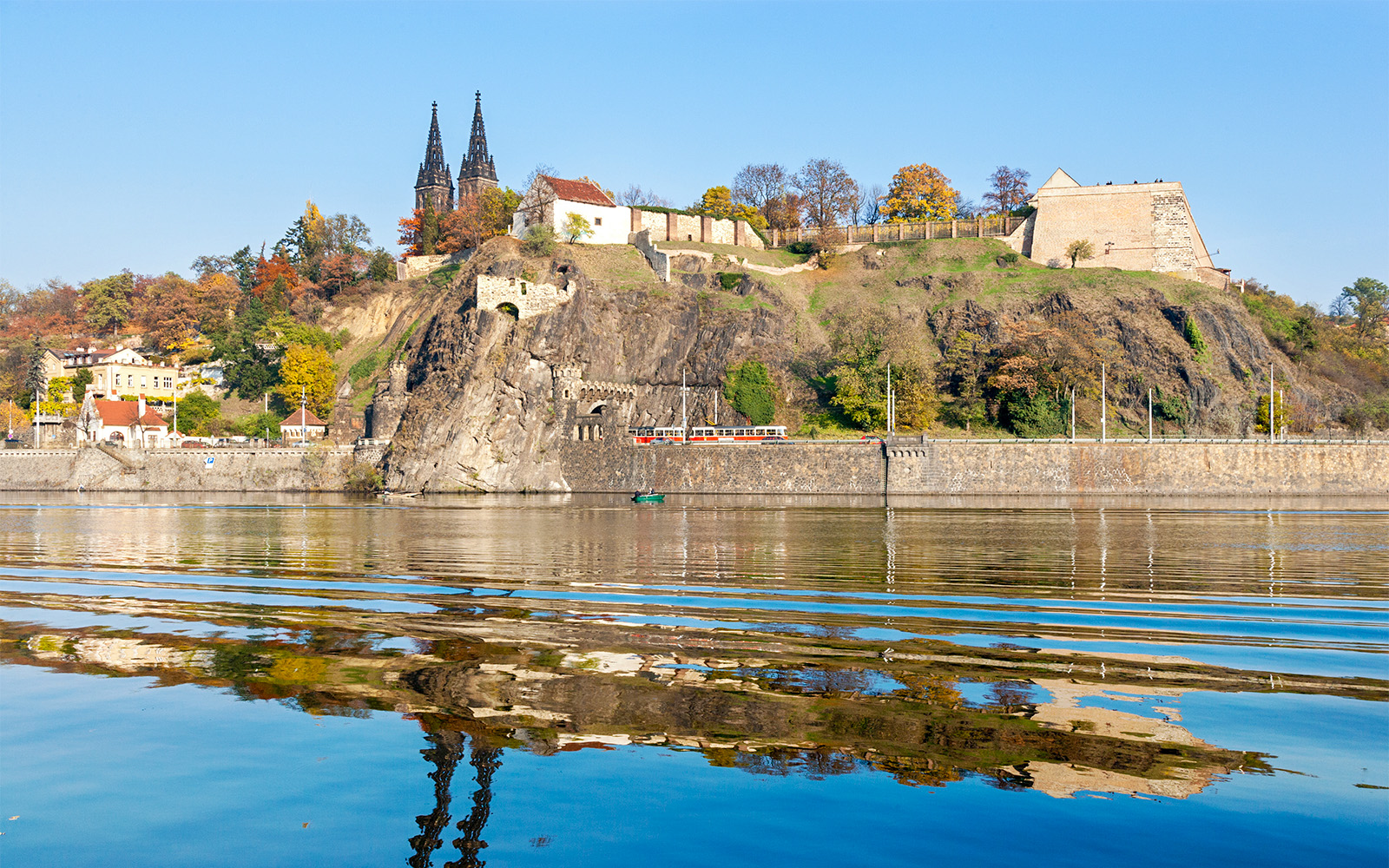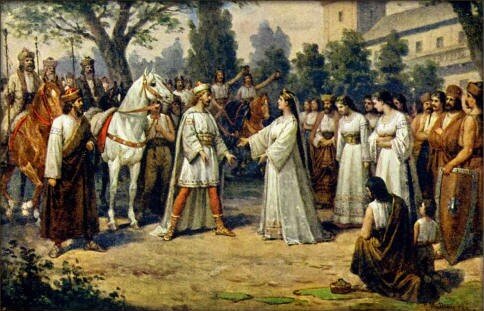
Three Lives of Czech Myths – Prague
Czech figure of the „The story of the beginning” topic
Who are the Czechs and why did they become a politically active community sharing the same values are questions answered in the early Middle Ages by myths written down at the end of the 10th century. These myths were given a canonical form by the dean of St Vitus, Cosmas, shortly before the year 1125. He placed the Czechs among God’s chosen people, born out of the flood and the confusion of tongues. Then he granted them the right to the land, claiming that Forefather Čech had brought the people to the foot of the Říp mountain, to an empty land not yet cultivated by anyone. However, he devoted the most space to the legend that legitimized the rule of the dynasty of the mythical Přemysl the Ploughman.
According to Cosmas, the old Czechs lived in poverty, but the acquisition of property marked the end of the golden age and the beginning of the age of the judges. Among them was a man named Krok, who was able to find justice with such skill that the Czechs placed themselves under the protection of his daughter, the fortune teller Libuše. After a while, however, a respectable man complained that other nations were ruled by men and that only the Czechs were subject to the rule of women. Libuše warned the people that they would lose their freedom, but the Czechs insisted on changing the ruler. As Libuše had predicted, they found Přemysl the Ploughman, elected a prince by the will of the Czechs, and settled in Prague Castle.
The myths told by Cosmas were a kind of constitution of the Přemyslid Bohemia. They legitimized the primacy of the ruling family and placed Prague Castle at the centre of events. Prague Castle was not the private residence of the Czech rulers, but a public space under the protection of the provincial patron saints, St. Wenceslas and St. Vojtěch. Cosmas’s version of the Přemyslid legend has gained a firm place in the memory of the Czech lands for its clarity and persuasiveness. Charles IV cherished the old traditions and incorporated them into the value architecture of the Luxembourgian-Czech lands, especially into the coronation order. However, he was pragmatic about his ancestral legacy, which influenced their second life in the 16th century. The call to connect the Czech past with ancient history began to grow with humanist education. The social demand was met by Václav Hájek of Libočany who, in his Chronicle of 1541, gave a historical framework to the old tales. His interpretation had great authority until the end of the 18th century. Hájek’s fictions were challenged by the educated Piarist Gelasius Dobner (1719-1790). True to the rules of scientific work, he searched for Hájek’s sources, but his search led nowhere. After this discovery, he decided to share his findings with the public in 1761.
With his factual comments, he erased the myths from the historical timeline, but not from society’s memory. This was proven at the beginning of the 19th century, when society widely accepted the Manuscripts of Dvůr Králové and Zelená Hora, two verse compositions from the supposedly ancient, mythical past of the Czechs.
Even the numerous objections to the authenticity of the Manuscripts did not diminish their influence on Czech culture in the 19th century. Selected themes were depicted in magnificent paintings (the slaughter of the Saxons at Hrubá Skála), and statues and tombstones were erected to mythical heroes, including Šemík, the stallion of the brave Horymír.
The Baroque fortress of Vyšehrad was rebuilt in the spirit of Romanticism. Alois Jirásek translated the old myths into modern Czech, which, together with the visual accompaniment of Mikoláš Aleš, has left an unmistakable imprint on children’s memories (Trnka). But let us not forget Bedřich Smetana and the opera Libuše: Festive fanfares are now part of the rituals of the office of the President of the Czech Republic. All in all, it represents the third life of the myth, which takes us back across the flow of time to the origins of the politically active community, the community of Czechs.
Facts


